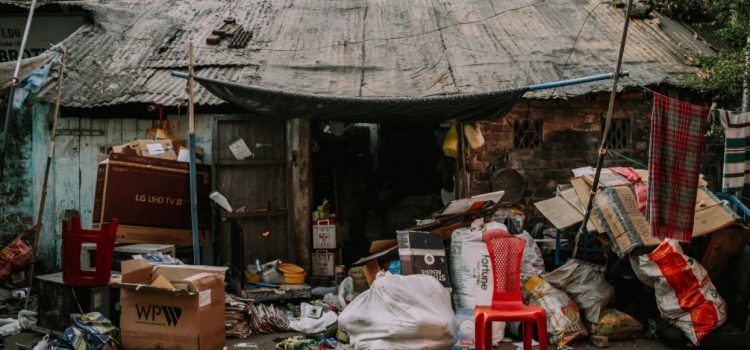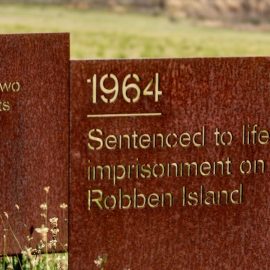

This article is an excerpt from the Shortform book guide to "Caste" by Isabel Wilkerson. Shortform has the world's best summaries and analyses of books you should be reading.
Like this article? Sign up for a free trial here .
What are the similarities between the Indian and the American caste systems? What is the origin of the caste system in India?
In her book Caste, Isabel Wilkerson compares the caste in Indian society to the American caste system. Both countries created laws to maintain social order, both were conquered by British colonialists, and both had their indigenous people out.
Here’s how the caste system in India is similar to the American caste system.
The Indian Caste System
In her book Caste, Isabel Wilkerson describes a strong historical connection between castes in Indian society and the United States. Both countries were invaded and conquered by British colonialists. The invaders forced indigenous people of each country out of their homelands and created hierarchies to distribute power to those asserting themselves as the dominant caste. (Shortform note: Wilkerson somewhat oversimplifies the history of India’s caste system here, perhaps to strengthen the parallel between the Indian and American systems. According to other scholars, British colonial rulers didn’t actually create the Indian caste system—they merely codified an existing, centuries-old social hierarchy into law, making caste boundaries more rigid in the process.)
In both countries, that dominant caste persecuted the lowest caste. Wilkerson describes how both countries developed laws to maintain this social order and tortured the lower caste members who broke them. After centuries, both countries abolished the lawful caste system—yet in both cases, the legacy of those social orders persists in the modern era.
According to the author, the difference between the two systems is in the structures of the castes. Contrary to the largely bipolar caste system in the United States, India’s caste system was an intricate system of many castes and subcastes. The five main castes included the 1) Brahmin, 2) Kshatriya, 3) Vaishya, 4) Shudra, and 5) the Dalits. The Dalits were most commonly referred to as “Untouchables,” and fall so low on the social hierarchy that they’re not technically considered part of the caste system at all.
(Shortform note: Wilkerson doesn’t mention that, while Indian caste divisions are rooted in Hinduism, converts to other religions (like Islam and Christianity) often replicate the caste system in their own communities. This means that, in addition to traditional Dalits, there are separate groups of “Dalit Muslims” and “Dalit Christians.” In the upper castes, there are also separate groups for Muslim converts from higher castes (called “Ashrafs”). These divisions further complicate the Indian caste system.)
| Did the Indian and American Caste Systems Contribute to Pandemic Outcomes? According to Wilkerson, it’s no coincidence that the United States and India were the two countries with the most documented cases of Covid-19 by mid-2021. In an Instagram post, she argued that the active caste systems in both countries played a contributing role in the devastation caused by the pandemic. She believes that in both the United States and India, the active caste system encourages disregard for people outside one’s own caste, which in turn promotes self-serving behavior at the expense of lower-caste people who may be more at risk of getting sick. Data from both countries indicate that Wilkerson may be right. In India, Dalits migrant laborers were the first to lose their jobs when pandemic restrictions went into effect, worsening the already rampant poverty among members of the lowest caste. Even worse: Many Dalits who did develop Covid-19 were turned away from hospitals on the basis of caste. Similarly, in the United States, the pandemic disproportionately impacted communities of color, and many people of color struggled to access vaccines when they became available. |

———End of Preview———
Like what you just read? Read the rest of the world's best book summary and analysis of Isabel Wilkerson's "Caste" at Shortform .
Here's what you'll find in our full Caste summary :
- How a racial caste system exists in America today
- How caste systems around the world are detrimental to everyone
- How the infrastructure of the racial hierarchy can be traced back hundreds of years






